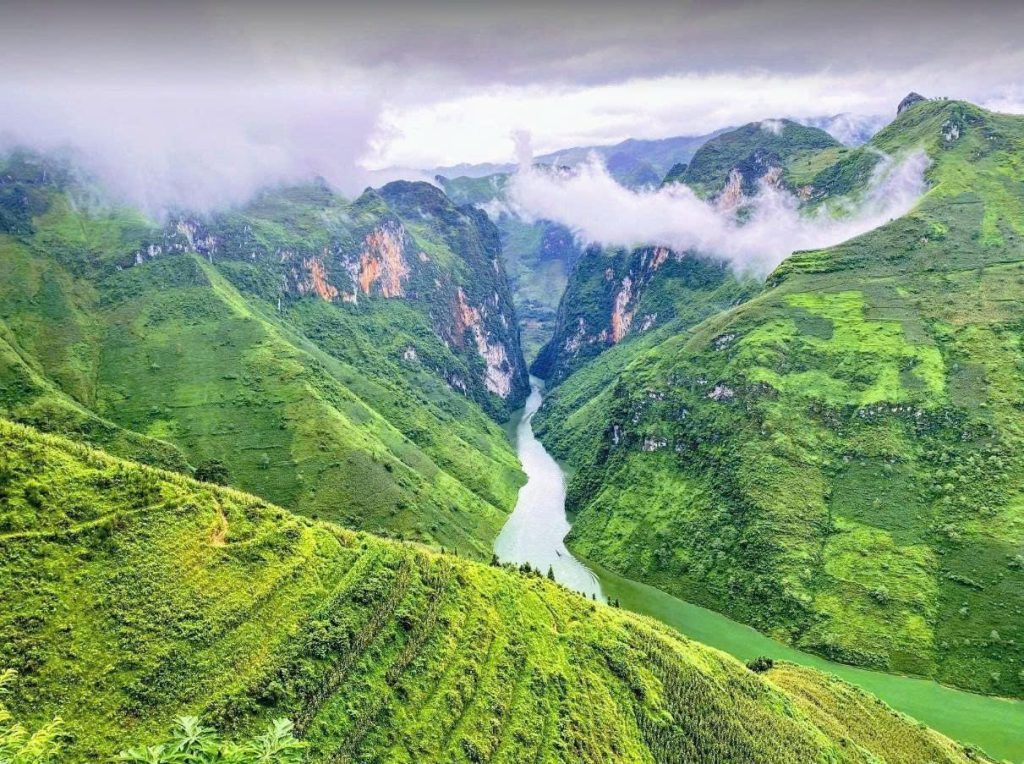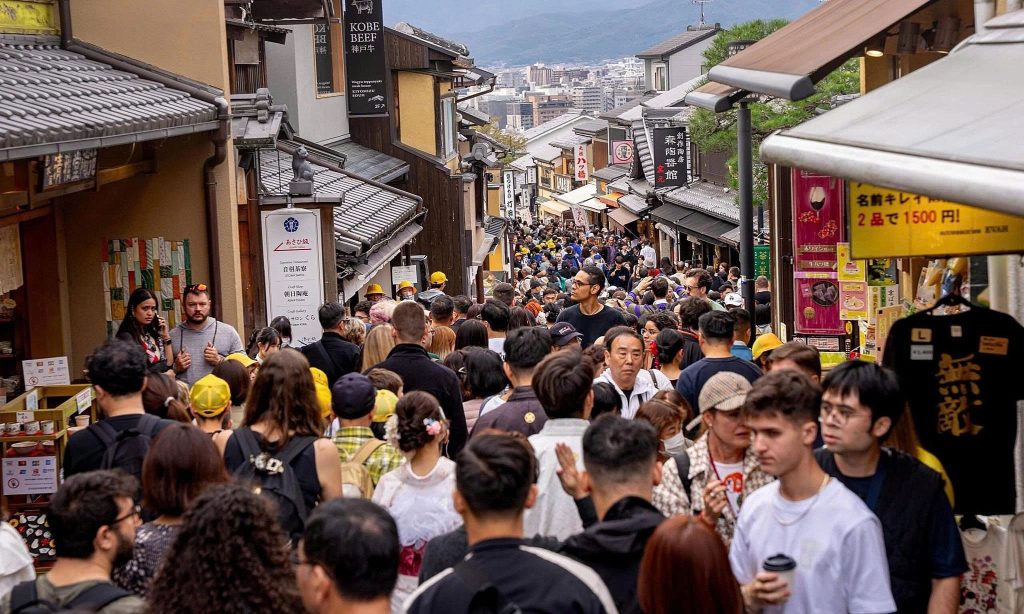Southeast Asia is often sold on the promise of well-worn highlights: the temples of Angkor Wat, the nightlife of Bangkok, and the rice paddies of Bali. While iconic, these spots now often mean inflated prices, saturated resorts, and relentless crowds. For the discerning adventure traveler and responsible eco-tourist, the region’s true soul and unparalleled beauty lie hidden in its forgotten corners.
This article takes you deep into the jungles, high up the mountains, and out to the pristine beaches of the region’s hidden gems. This is a curated list of destinations that remain genuinely off-grid and promise authentic local culture immersion. We don’t just list places; we provide the why and the how for those ready to leave the tourist trail behind.
Why True Off-the-Beaten-Path Travel Matters
The current travel intent is moving away from passive consumption toward active, meaningful discovery. Choosing lesser-known destinations SEA aligns perfectly with this shift.
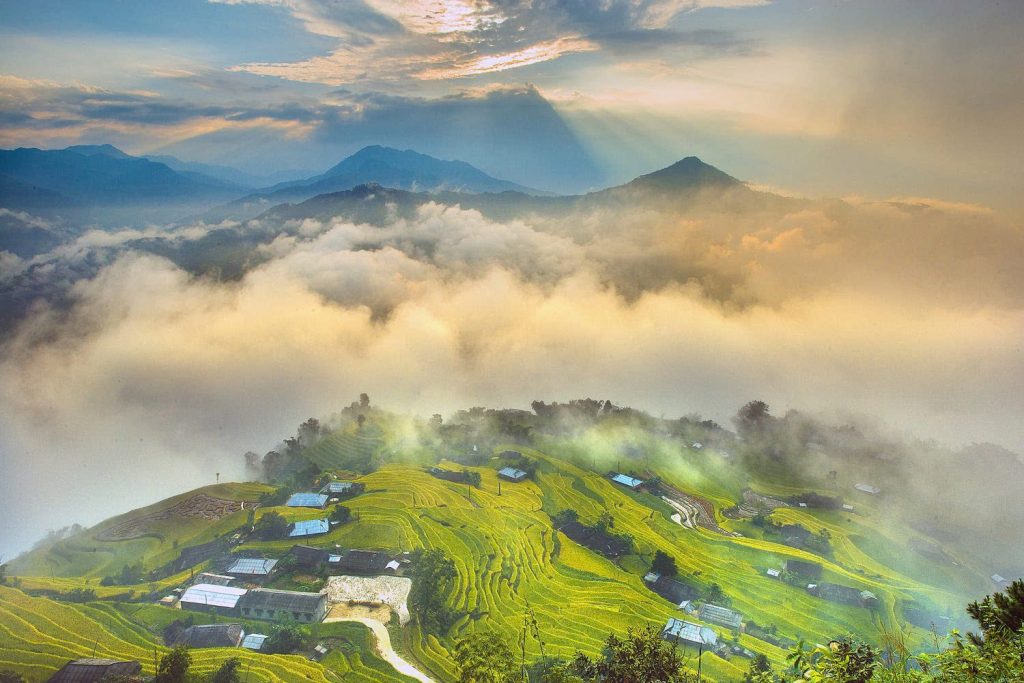
In destinations like Lombok or Nong Khiaw, the tourism industry is typically modest and centered around community homestays and local guides. This allows you to experience traditions and daily life—the very definition of non-touristy places Southeast Asia. The relative lack of crowds ensures you find the tranquility necessary to connect deeply with the environment.
Many of these spots, such as Ulu Temburong National Park, are fiercely protected, emphasizing sustainable tourism and conservation. By visiting these areas, you directly support local economies that prioritize preserving their unspoiled nature over mass development. Your travel dollars have a more significant, positive impact.
Off-the-beaten-path travel is inherently more challenging; the journey is part of the reward. Expect fewer direct connections, basic accommodation, and a need for greater flexibility. This high barrier to entry ensures the true reward—a rare and untainted glimpse into a world few tourists ever see.
Indonesia: Archipelago Secrets Beyond the Hype
Indonesia’s size means its treasures are virtually endless. Stop chasing the Bali dream and look further east and north for untouched paradise.
1. Lombok: The Majestic Volcano and Empty Beaches

Often overshadowed by its neighbor, Lombok retains a raw, uncommercialized spirit.
- Mount Rinjani: As Indonesia’s second-highest volcano, the 3-day/2-night trek to the summit and crater lake is an arduous but profoundly rewarding adventure. Hiring certified local Sasak guides is mandatory and supports the community directly.
- The South Coast: The beaches around Kuta Lombok are a surfer’s paradise with reliable, uncrowded breaks like Gerupuk and Selong Belanak. They feel miles away from the development of Seminyak.
2. Flores: The Gateway to Giants

Flores is quickly becoming known, but the island itself offers far more than just its most famous residents.
- Komodo Dragons. While visiting Komodo National Park is a bucket list item, spend time exploring the rest of Flores, including the tri-colored lakes of Mount Kelimutu near Moni, and the traditional villages like Wae Rebo.
3. Pulau Weh (Sabang): Zero Kilometer Marker
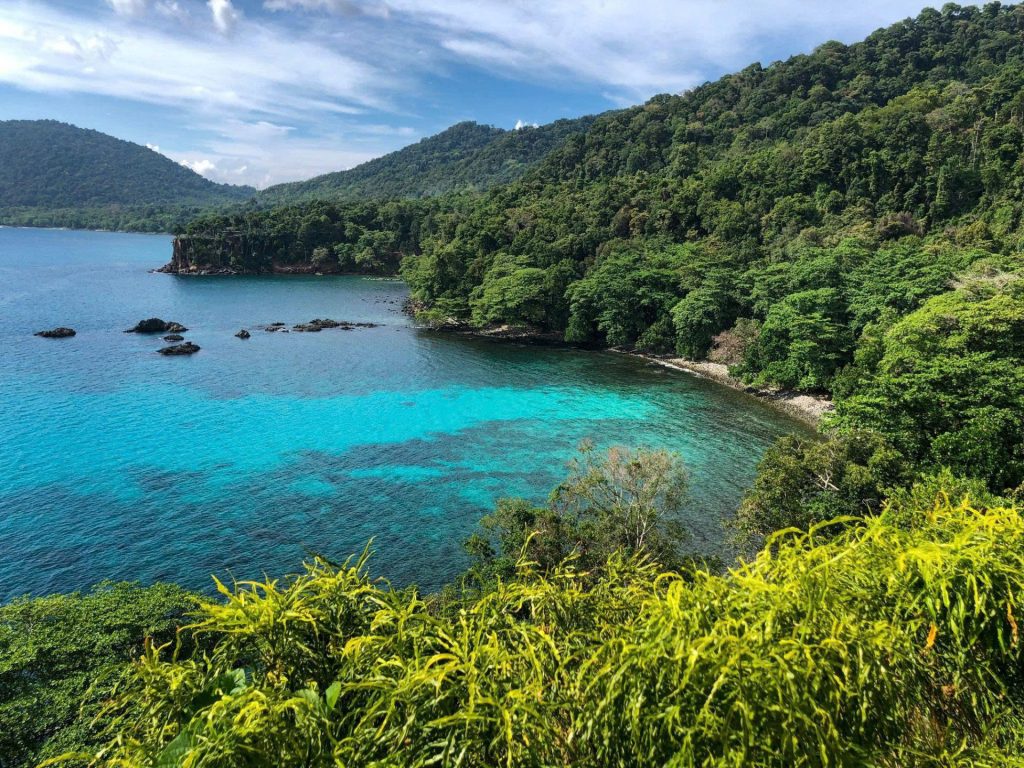
Located at the very northwestern tip of Sumatra, Pulau Weh (also known as Sabang) is Indonesia’s “kilometer zero” and a legendary spot for divers.
- The island’s remote location ensures the marine ecosystem is thriving. Visitors enjoy world-class diving and snorkeling on vibrant coral reefs teeming with life, all at budget prices.
4. Raja Ampat, West Papua: The World’s Marine Crown
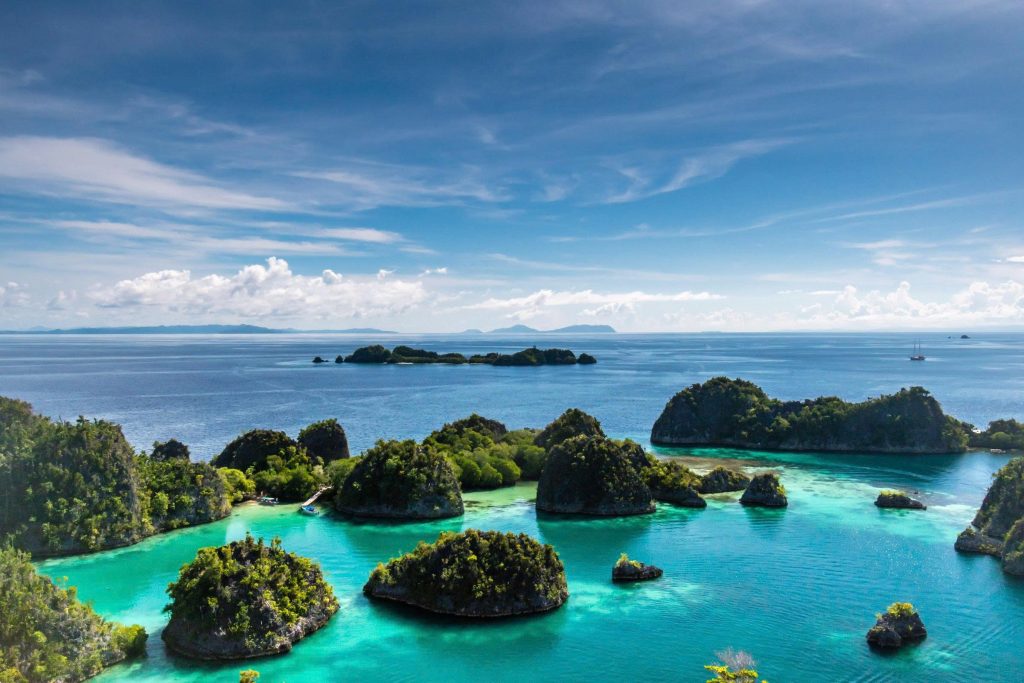
While arguably one of the most expensive and remote destinations in this list, Raja Ampat is the undisputed center of global marine biodiversity.
- Coral Triangle. Visiting here is less about backpacking and more about an expedition. Staying in local homestays (Papua) is the most authentic and ethical way to experience the iconic karst islands of Wayag and the astonishing underwater world.
Laos and Cambodia: The Quiet Mekong Trail
These landlocked or partially landlocked nations offer deep dives into rural life and historical significance away from the river’s main arteries.
5. Nong Khiaw & Muang Ngoi Neua, Laos
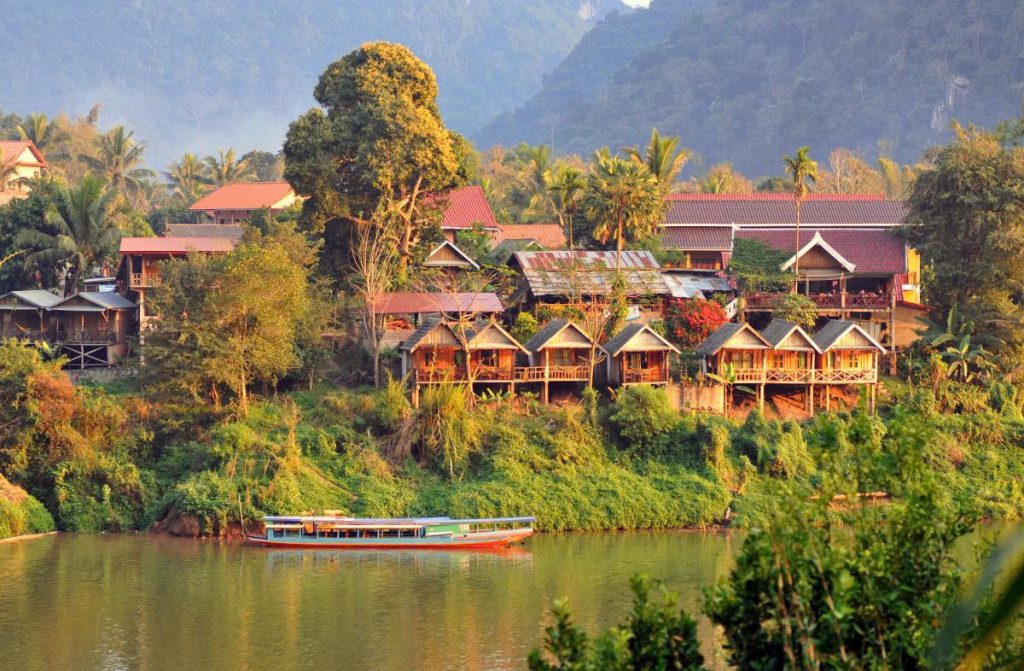
These towns on the Nam Ou River in Northern Laos are the epitome of off-grid travel.
- Nong Khiaw offers stunning views of the limestone karsts, and you can rent a bicycle to explore nearby caves. The journey further north by boat to Muang Ngoi Neua delivers true silence, making it perfect for solo travel destinations. It’s the ideal base for trekking remote villages and truly disconnecting.
6. Battambang, Cambodia: Colonial Charm and Artistry
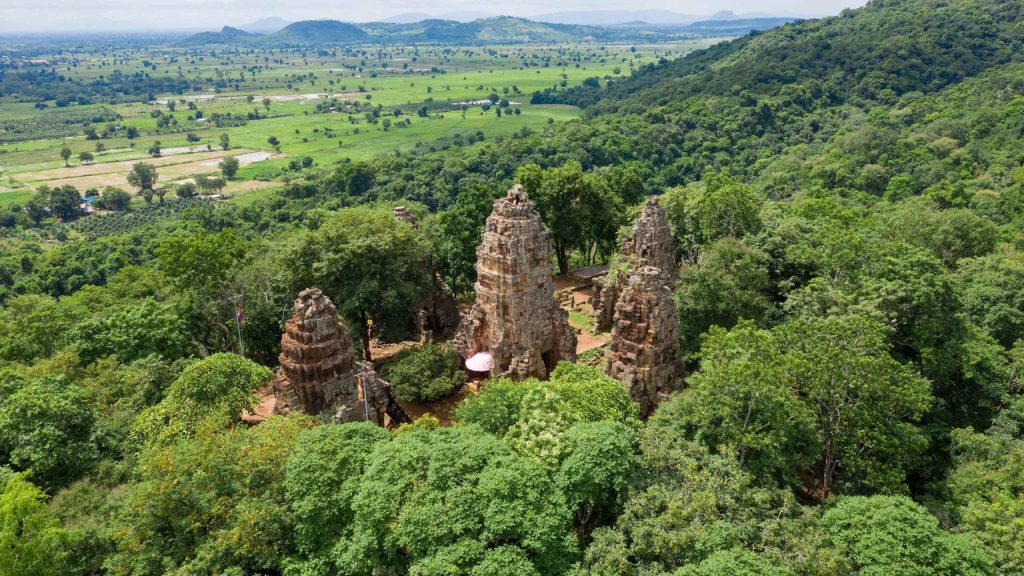
A relaxed provincial capital known for its French colonial architecture and thriving arts scene.
- Bamboo Train (Norry). Experience a slow, unique ride on the famous makeshift railway. Battambang is also a great base for exploring local farms and pepper plantations, offering a genuine taste of rural Cambodian life that Phnom Penh cannot.
7. Koh Tonsay (Rabbit Island), Cambodia

Forget the party islands. Koh Tonsay, a short boat ride from the sleepy coastal town of Kep, is exactly what you imagine a simple, untouched paradise to be.
- Basic beachfront bungalows, quiet coves, and the opportunity to spend evenings watching the plankton glow.
Vietnam, Thailand, and Myanmar: Unseen Vistas
Even the most visited nations harbor vast areas that few travelers venture into.
8. Phong Nha-Kẻ Bàng National Park, Vietnam
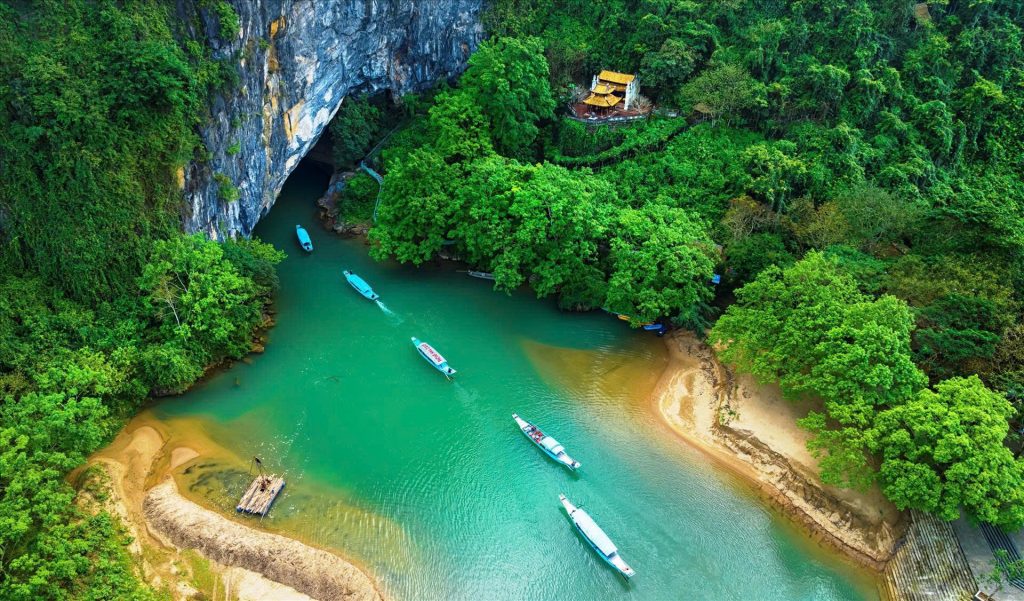
This spectacular area in Central Vietnam is rapidly becoming famous but still offers unparalleled adventure travel SEA opportunities.
- Son Doong Cave. While a multi-thousand-dollar expedition, the park also has many accessible large caves (Paradise Cave, Dark Cave) and numerous opportunities for kayaking and trekking through karst jungle landscapes. It’s an eco-tourism haven offering a very different side of Vietnam than the coastal cities.
RELATED: Top Things to Do in Phong Nha Ke Bang National Park
9. Ha Giang Loop (via Du Già), Vietnam
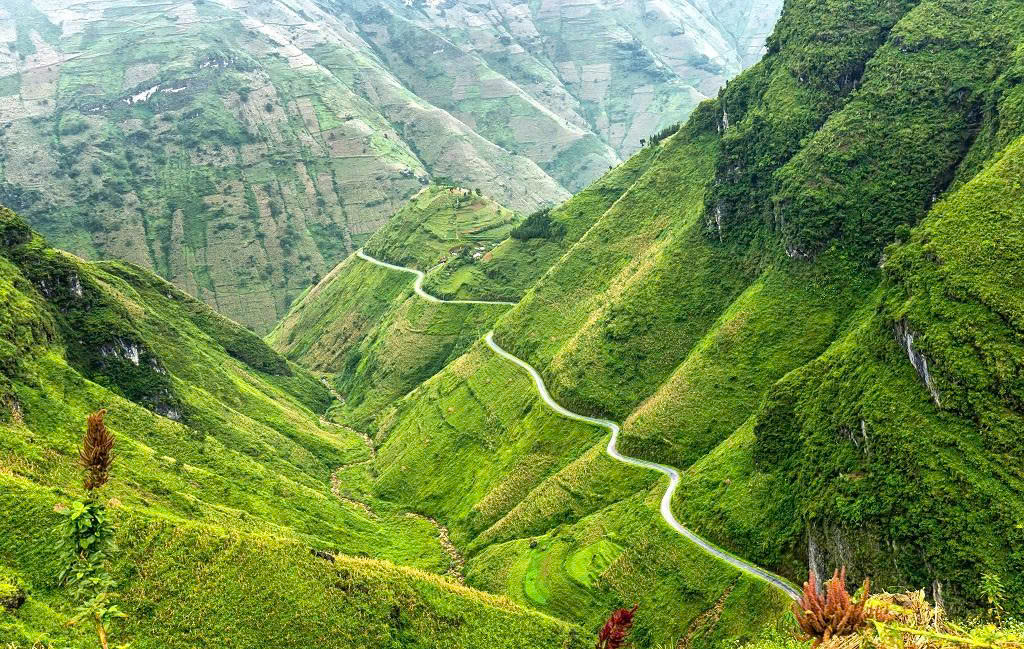
This motorbike route through the far north of Vietnam is one of the world’s most epic road trips.
- Ma Pi Leng Pass. The incredible, rugged terrain and deep immersion in the culture of ethnic minority groups (H’mong, Dzao) makes this a genuine adventure. The small village of Du Già is a perfect overnight stop, offering a true sense of community away from the main tourist hubs.
RELATED: Ha Giang Loop Itinerary 3 Days 2 Nights: Your Epic Adventure Guide
10. Mae Hong Son Loop, Thailand
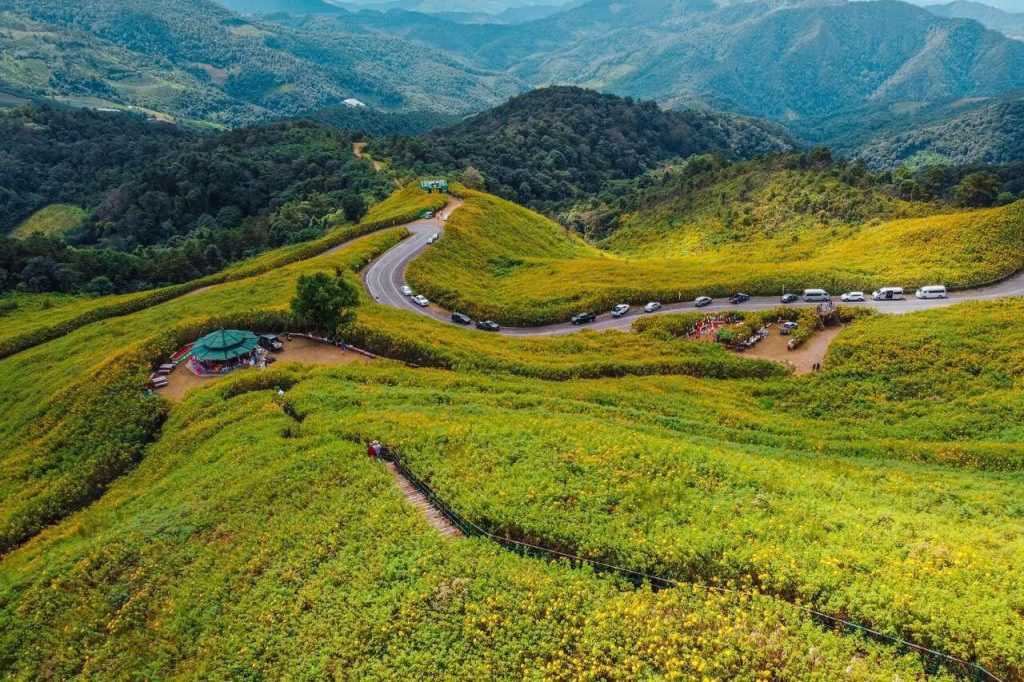
An exceptional alternative to the usual island hopping, this 600km loop begins in Chiang Mai and takes you through the mountainous north.
- Experience: Rent a motorbike and discover hot springs, waterfalls, and the unique Shan and Karen cultures. Towns like Mae Sariang and Pang Ung are non-touristy places offering authentic Thai cooking classes and mountain serenity.
11. Hpa-An, Myanmar
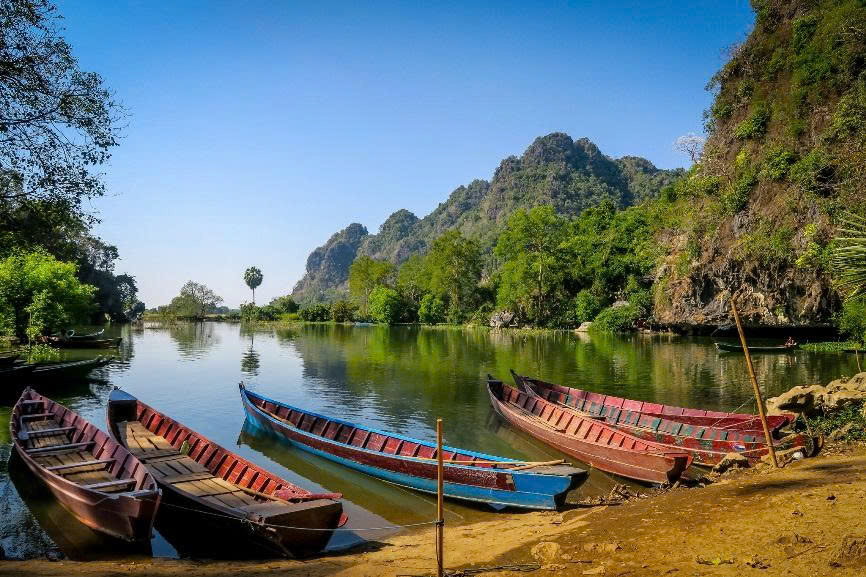
Located in the Kayin State, Hpa-An is a gateway to a landscape dotted with incredible natural features.
- Explore the stunning Sadan Cave (you row a boat out the other side) and hike up Mount Zwekabin for a panoramic view of the rice paddies and limestone formations. It’s a peaceful, spiritual destination far removed from the bustle of Yangon.
The Truest Frontier: Malaysia, Philippines, and Brunei
These are the regions for travelers who prioritize wilderness, diving, and culture over convenience.
12. Ulu Temburong National Park, Brunei
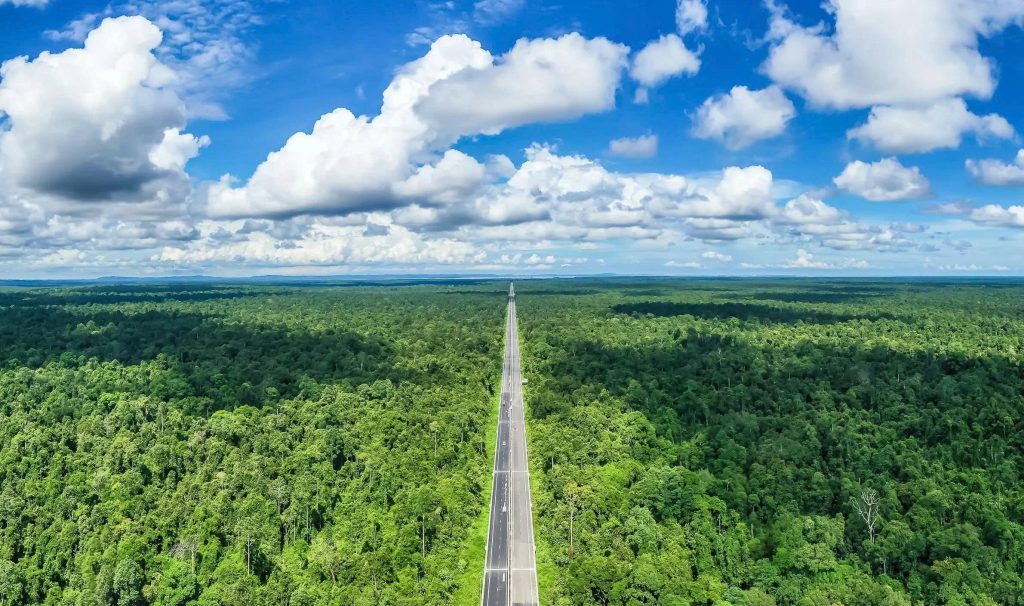
Dubbed “The Green Jewel of Brunei,” this park is a shining example of protected rainforest.
- Canopy Walkway. Access to the park is strictly regulated and requires a licensed tour operator, preserving its status as true untouched paradise. The highlight is climbing the immense canopy walk for a view over the dense, ancient rainforest.
13. Batad Rice Terraces, Philippines
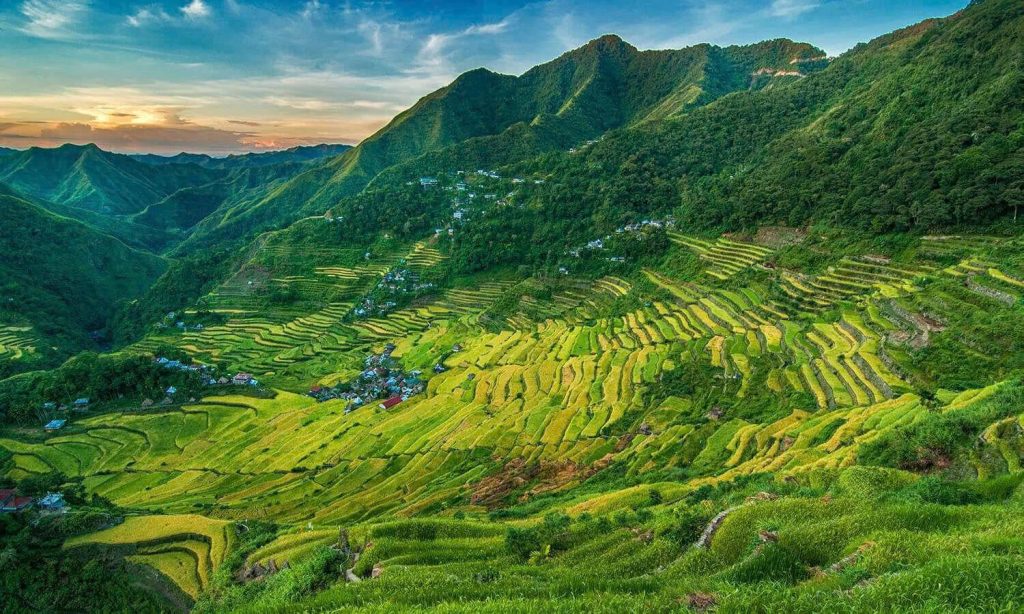
Forget the crowded beaches of Boracay. High in the mountains of Ifugao Province, the Batad Rice Terraces are a UNESCO World Heritage site and a breathtaking feat of ancient engineering.
- The terraces are shaped like an amphitheater. Getting there requires dedication, usually involving a jeepney ride and a final steep hike, appealing directly to adventure seekers.
14. Pulau Tioman, Malaysia

While Penang and the Perhentian Islands are popular, Pulau Tioman on the East Coast offers an incredible mix of dense jungle and clear water.
- Less developed than its counterparts, it’s ideal for trekking into the island’s interior, seeking out waterfalls, and enjoying quiet, secluded diving spots.
15. The Gili Islands (Off Lombok), Indonesia
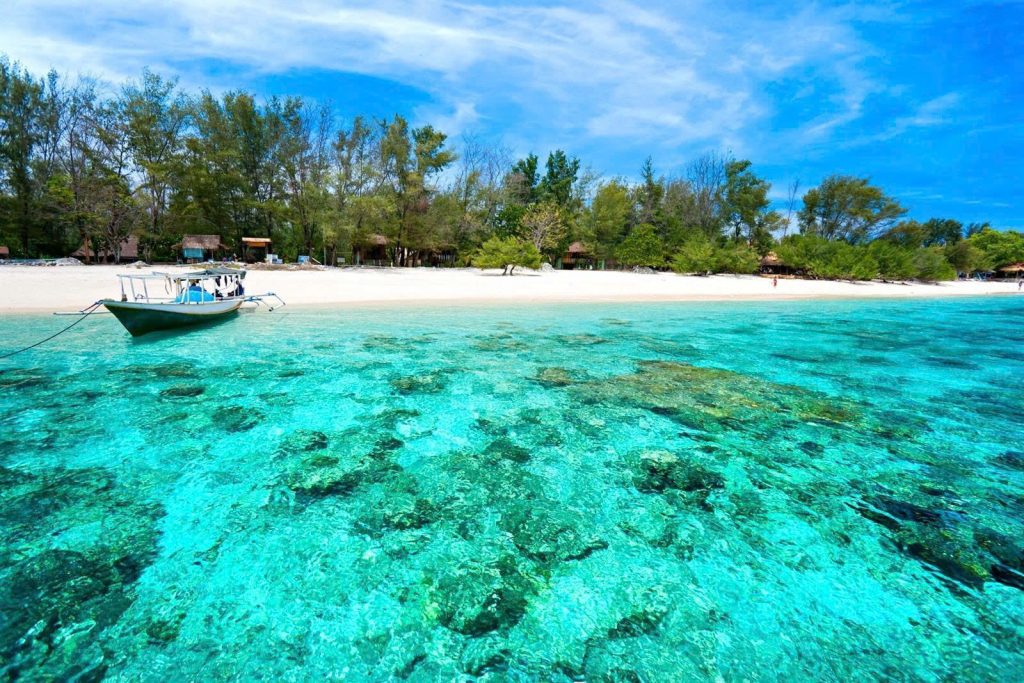
While Gili Trawangan is often busy, its sisters, Gili Air and especially Gili Meno, remain quiet, small havens.
- Gili Meno: The smallest and quietest of the three, with no motorbikes or cars. It’s the ultimate remote beaches/islands SEA destination for couples or those seeking digital detox and gentle marine activities.
Essential Travel Guidelines for Southeast Asia’s Hidden Gems
Successfully navigating these underrated travel spots requires more than just a map; it requires a mindful approach.
Mastering the Local Logistics
- Transportation: Infrastructure is basic. Be prepared to ride on slow public buses (known as local transport), shared vans, or overnight ferries. Book domestic travel locally or use regional apps rather than major international booking engines.
- Connectivity: Assume Wi-Fi and even mobile data will be scarce or non-existent in places like Muang Ngoi Neua or certain areas of Sumbawa. Embrace the digital detox.
Ethical and Responsible Practices
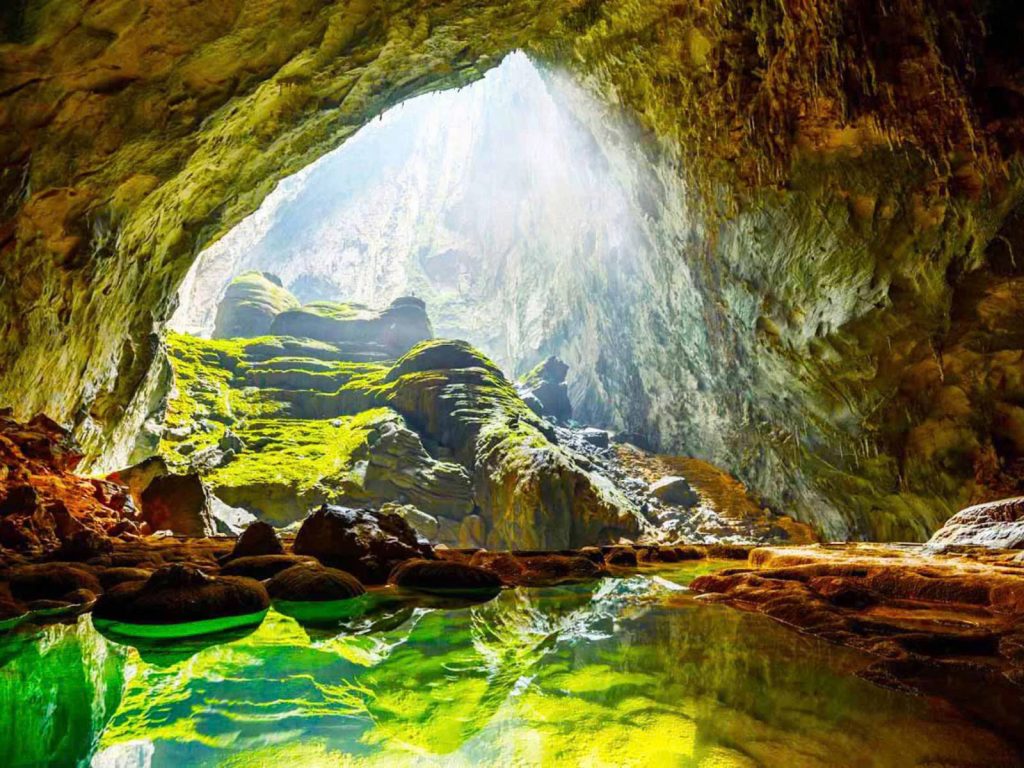
- When visiting a protected Entity like Komodo National Park or the Ulu Temburong National Park, always adhere to the local guide’s instructions and never leave marked trails.
- Learn a few key phrases in the local language (Bahasa Indonesia, Lao, Khmer) and dress conservatively, especially when visiting local villages or temples. Always ask before photographing locals.
Safety and Health
- Because you are far from major city centers, comprehensive medical coverage and evacuation insurance are essential.
- Carry a detailed first-aid kit, water purification tablets, and a small supply of common over-the-counter medications, as local access may be limited.
RELATED: Travel Southeast Asia for 1 Month on a Budget: $1000 Challenge
Choosing an off-the-beaten-path destination in Southeast Asia is choosing an adventure over a holiday. It requires effort, flexibility, and a willingness to step outside your comfort zone. But in return, you will be rewarded with untouched beauty, genuine human connection, and a travel experience far more profound than any beach resort could ever offer.

